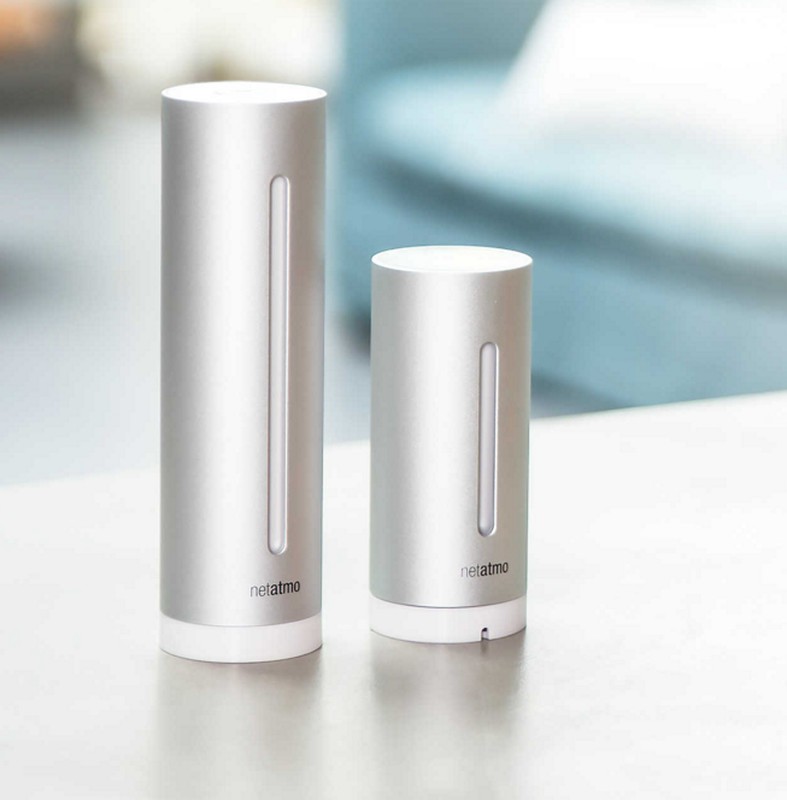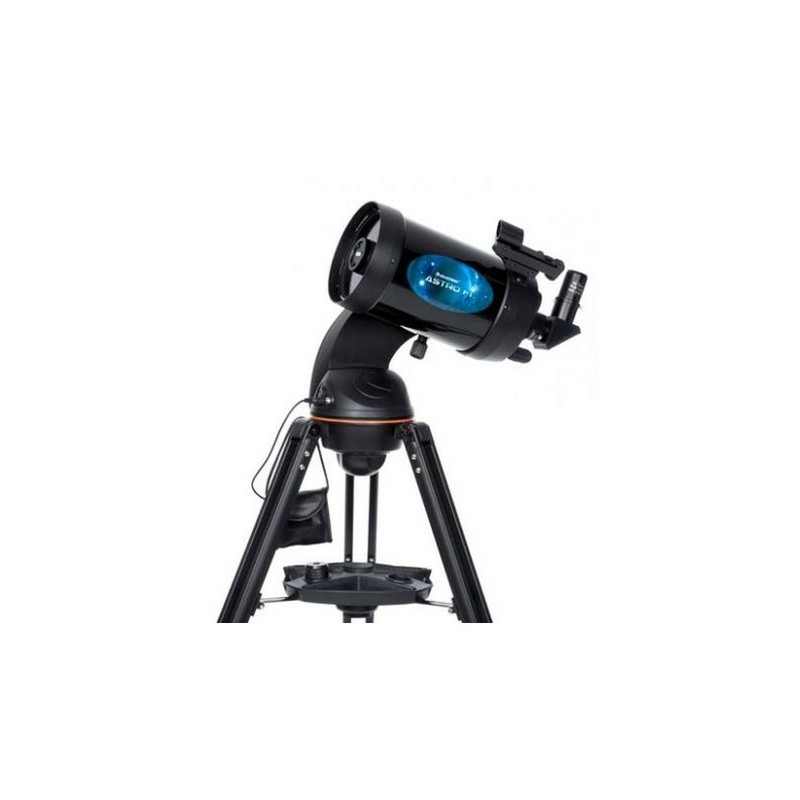Raig a smartphone view
The smartphone and its applications have been introduced in many Raig products.

On the eve of the Mobile World Congress 2018 that will be held in Barcelona between February 26 and March 1, 2018, it is a great time to update how the smartphone, with Ios or android system, has been introduced in the world of science. Smartphone entry into astronomy, meteorology, optics and measurement products has been overwhelming.
The applications are endless and currently the smarphone is not only the complement to many measurement or vision instruments, but is part of its operation.
Beyond the weather forecast applications or information that we all have installed on our smartphone, today our mobile phone has become a true weather station. The most paradigmatic case is the Netatmo weather station, which transmits the data directly to our smartphone. Not only has netatmo developed applications for our mobile device, brands like TFA, Oregon, Skywatch, etc ... have developed products and applications to measure different weather variables on the screens of our terminals.
Another interesting and innovative case is the portable anemometers and stations developed by the Swiss brand JDC Skywatch. This manufacturer has developed anemometers connectable to the headphone jack, the Windoo series. And also the series of BL stations which transmit by Bluethoot to our smartphone.
Outdoor optics has been another field of experimentation and consolidation of technology for mobile devices and their applications. Perhaps the leading field is digiscoping through ground-based telescopes, where adapters have been developed to take photos with our smartphone. A similar system has also been developed for binoculars or binoculars.
Microscopy has also been able to connect with Android technology, and currently we find mobile applications and wi-fi signal streamers to be able to observe the samples through our smartphone, Dino-lite is one of the brands that has developed this type of viewing.
In astronomy, the smartphone or tablets have been introduced as a control instrument for computerized telescopes. The current leader in this control system is Celestron, with the Astro-Fi and NexStar Evolution range of telescopes. Both models have replaced the classic control of computerized telescopes with control via smartphone.
The operation is based on the transmission of signal via wi-fi between the two devices. Then an application installed on the smartphone, SkyPortal, is used to select the desired point and control the operation of the telescope. It should be emphasized that the viewing is done as traditionally, through the eyepiece of the telescope.
Finally, industrial measurement has also introduced the smartphone in its routine and applications. For example in distance measurement for architecture and laser distance meters. Here Leica has developed a bluethoot transmission system and a mobile application to view the measurements on the map on our smartphone or tablet.
In other industrial measurement instruments, such as thermometers, manometers, sound level meters, etc., countless applications are also being developed for our smartphone, which allow us to turn our mobile device into a measurement tool.








Opinions of our clients
Receive our news